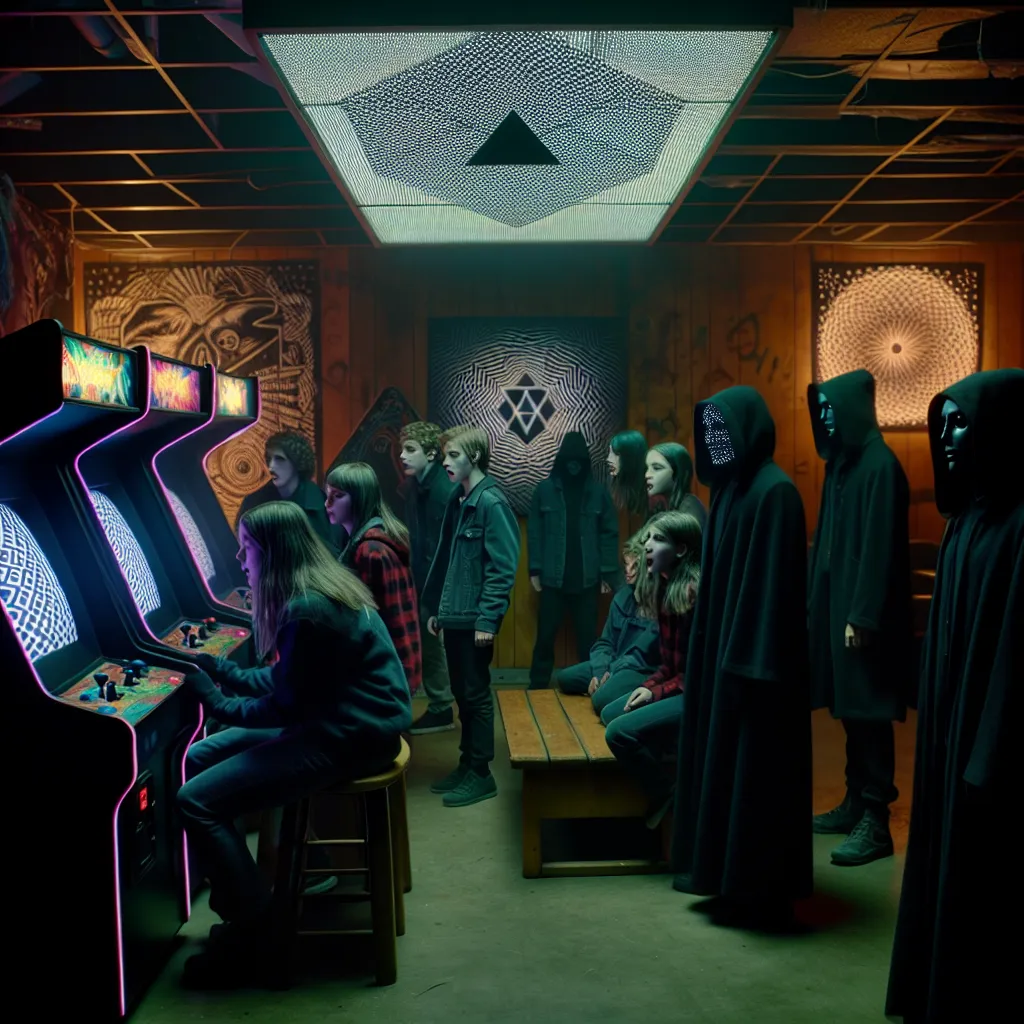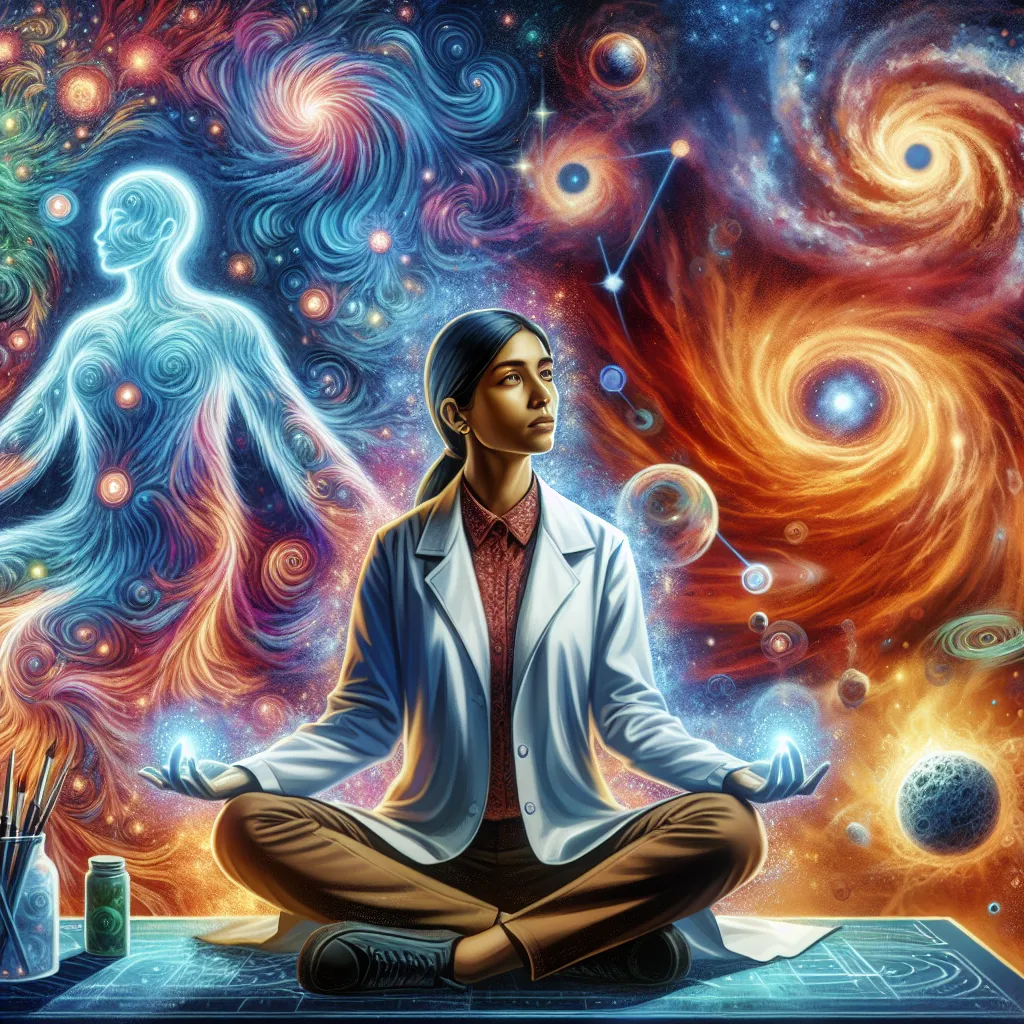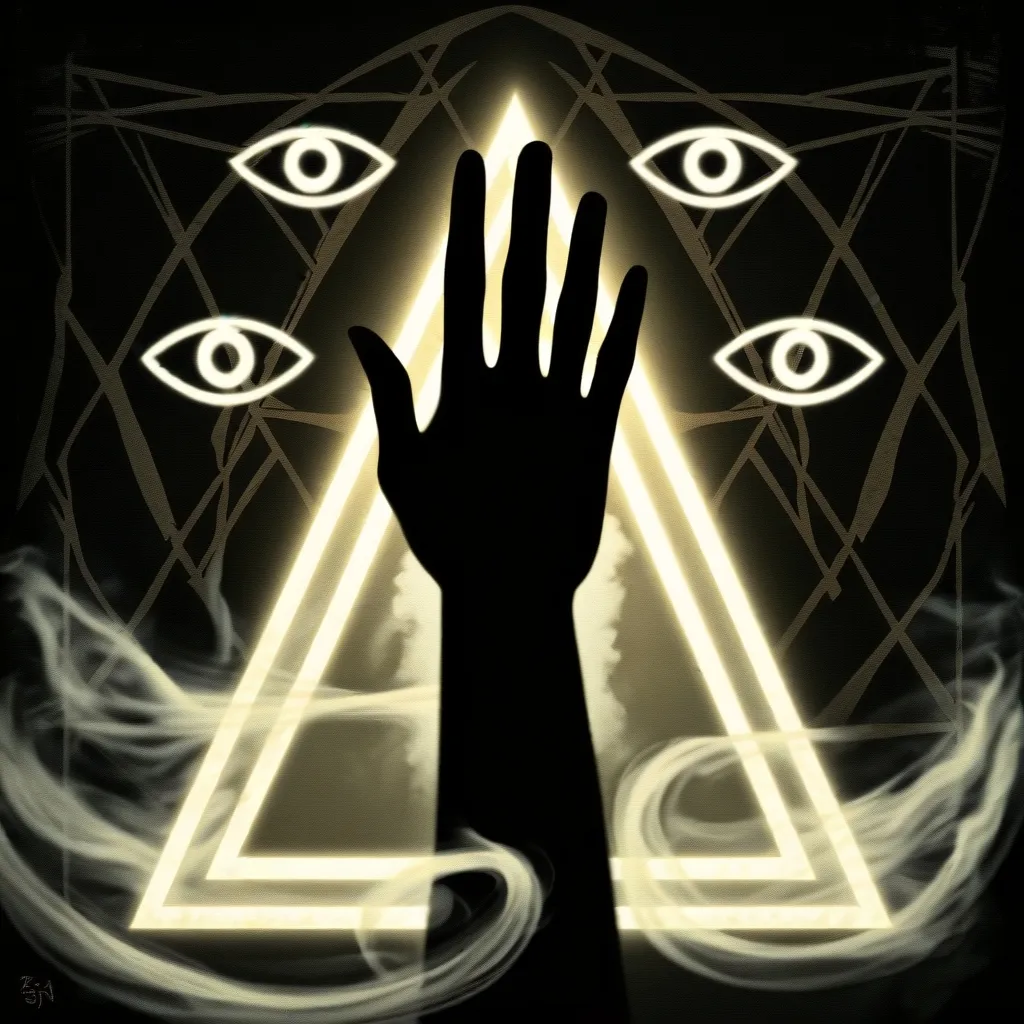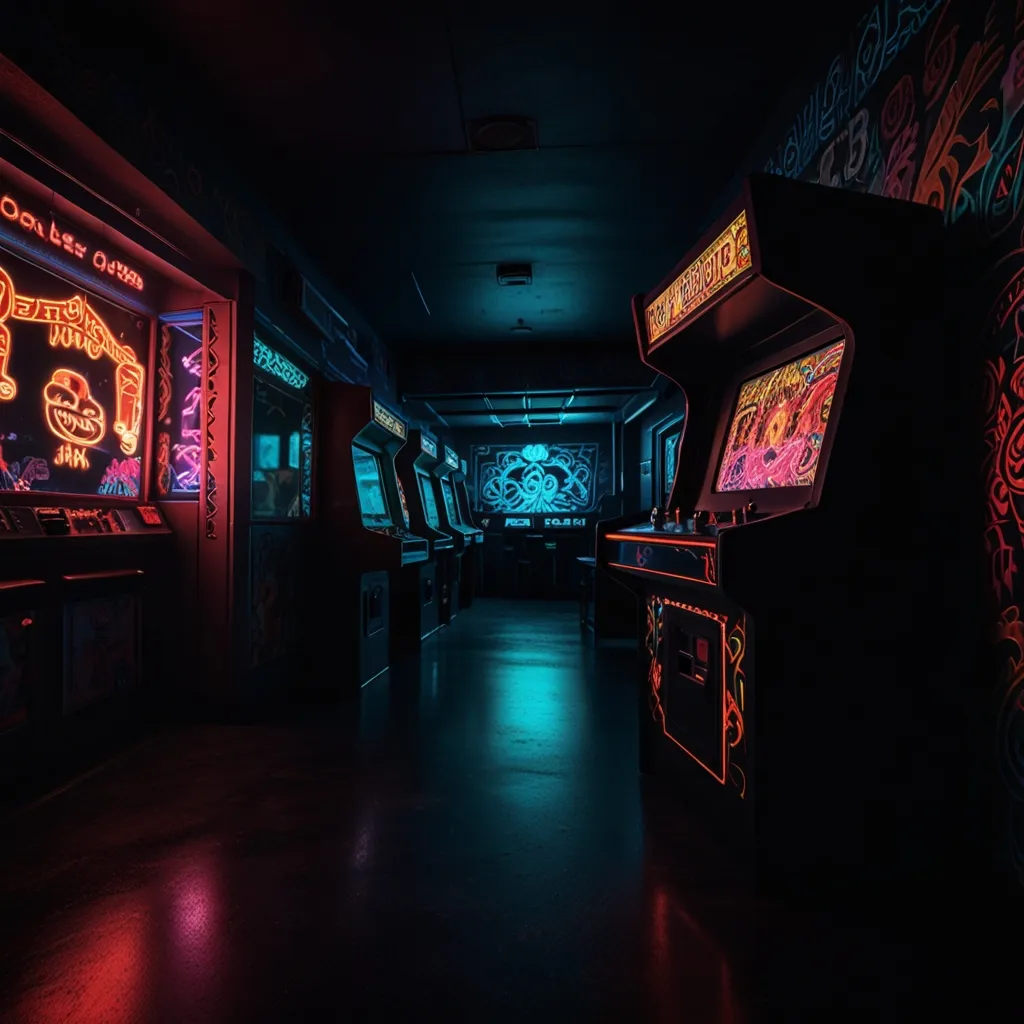In 1981, an arcade in Portland became the epicenter of a bizarre phenomenon that saw countless gamers experiencing severe health issues like migraines, heart attacks, seizures, and strokes. Local teens faced amnesia and hallucinations, and all these symptoms were linked to a mysterious game called Polybius. Even though the game was dangerous, it was incredibly addictive, leading some players to become hyper-aggressive. Fights broke out, and one player was even stabbed to death, all traced back to those who played Polybius.
So, why would the government allow such a game? Well, because they supposedly created it.
The urban legend of Polybius paints a chilling picture. In 1981, a Portland arcade received a game that no one had seen before. It featured random geometric patterns and strange shapes, inducing a hypnotic state in players. The game’s psychedelic images, unsettling soundtrack, and subliminal messages caused various physiological and physical effects, including amnesia, anxiety, night terrors, insomnia, migraines, vertigo, and even heart attacks. The game was said to be developed by a company named Sinneslöschen, which roughly translates to “sense deleting.”
Adding to the mystery, after playing this game, two Portland teenagers disappeared without a trace. Stories circulated that they were either abducted or recruited. The game was so addictive that players lined up around the block and sometimes fought for their turn. People also reported that the Polybius machines seemed to be watching players and collecting data, which men in black suits would periodically retrieve.
Despite these stories, no concrete evidence of the game exists. Searches for Polybius on Usenet, an early form of a global message board, come up empty. Photos of the game’s cabinet and screen captures are either blurred or dubious in authenticity. Still, the legend persists.
Further investigation links the game’s supposed effects to real incidents involving other games. For example, players of games like Tempest and Berserk either got sick or even died. Michael Lopez experienced severe migraines and collapsed after playing Tempest. Jeff Daley and Peter Bukowski both suffered fatal heart attacks after playing Berserk.
The 1980s also saw government agencies actively monitoring and raiding arcades for drug activity, gambling, and petty crime. The FBI even placed surveillance equipment inside games like Tempest during sting operations, fueling suspicions about mind-control experiments.
Moreover, the CIA’s cold-war-era MKUltra program, aimed at achieving mind control, involved horrifying experiments with drugs and psychological torture. These projects, compounded by government secrecy and mistrust, have fed into the Polybius legend.
Despite these true stories, there is no verifiable evidence that Polybius existed. The game’s title screen, mentioned on various platforms, is likely a fabrication. The legend was popularized in 2000 after being listed on coinop.org and discussed in media outlets like GamePro magazine and Slashdot.
Interestingly, the name Polybius was probably chosen to troll conspiracy theorists. Polybius was a Greek historian known for his work in cryptography, and he’s famously quoted saying that one should never believe anything without empirical evidence.
The real elements—government surveillance, addictive games, health issues—combined at the right time to create a compelling urban legend. But the actual game? It’s likely it never existed.
Whether you’re a conspiracy enthusiast or a skeptic, the story of Polybius remains a fascinating blend of fact and fiction. So, what do you think about Polybius? Let us know!






